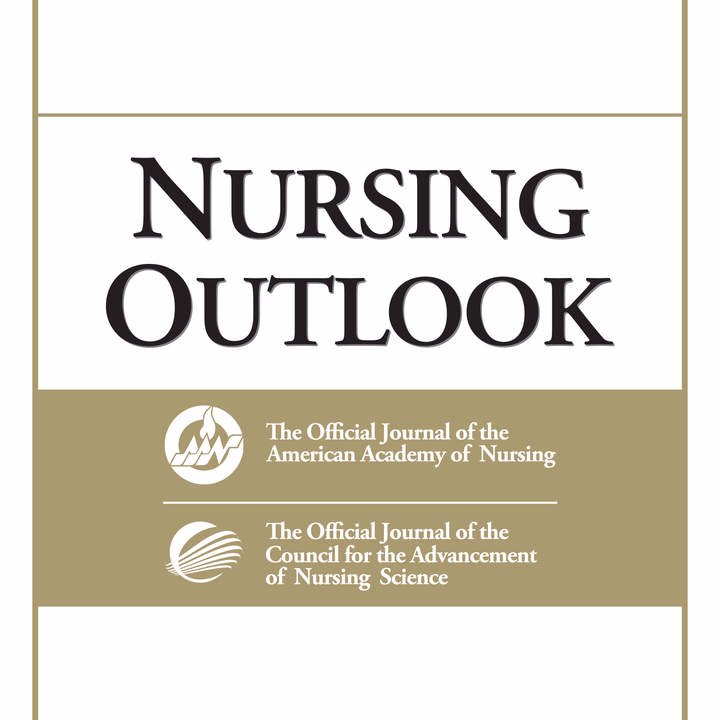
“Cannabidiol to decrease SARS-CoV-2 associated inflammation.
Cannabidiol (CBD) is a phytocannabinoid with various clinical applications and has proven efficacy for certain medical conditions, along with a favorable safety and tolerability profile.
Cannabinoids can suppress immune activation and inflammatory cytokine production, suggesting their potential for tempering excessive inflammation.
Therefore, as SARS-CoV2 induces significant damage through pro-inflammatory cytokine storm mediated by macrophages and other immune cells and based on the fact that CBD has broad anti-inflammatory properties, CBD might represent as a potential anti-inflammatory therapeutic approach against SARS-CoV2-induced inflammation.
As CBD is already a therapeutic agent used in clinical medicine and has a favorable safety profile, the results of in vitro and animal model proof-of-concept studies would provide the necessary supporting evidence required before embarking on costly and labor-intensive clinical trials.”
https://pubmed.ncbi.nlm.nih.gov/32467020/
https://www.sciencedirect.com/science/article/pii/S1359610120301040?via%3Dihub

 “Medical cannabis (MC) is becoming more and more popular among patients with chronic pain syndromes.
“Medical cannabis (MC) is becoming more and more popular among patients with chronic pain syndromes. “Historical relevance: Cannabis sativa L. (C. sativa) is a plant whose use as a therapeutic agent shares its origins with the first Far East’s human societies. Cannabis has been used not only for recreational purposes, but as a food to obtain textile fibers, to produce hemp paper, to treat many physical and mental disorders.
“Historical relevance: Cannabis sativa L. (C. sativa) is a plant whose use as a therapeutic agent shares its origins with the first Far East’s human societies. Cannabis has been used not only for recreational purposes, but as a food to obtain textile fibers, to produce hemp paper, to treat many physical and mental disorders.
 “Opioid prescriptions and abuse remain a significant national concern.
“Opioid prescriptions and abuse remain a significant national concern. “Four states have legalized medical cannabis for the purpose of treating opioid use disorder. It is unclear whether
“Four states have legalized medical cannabis for the purpose of treating opioid use disorder. It is unclear whether  “Parents across the United States use medical
“Parents across the United States use medical 
 “An increasing number of patients are turning to
“An increasing number of patients are turning to  “Despite the increasing prevalence and acceptance of the medical
“Despite the increasing prevalence and acceptance of the medical